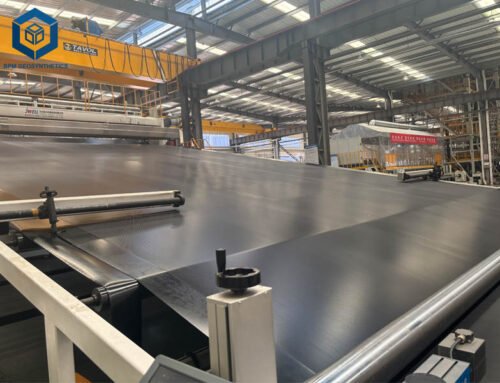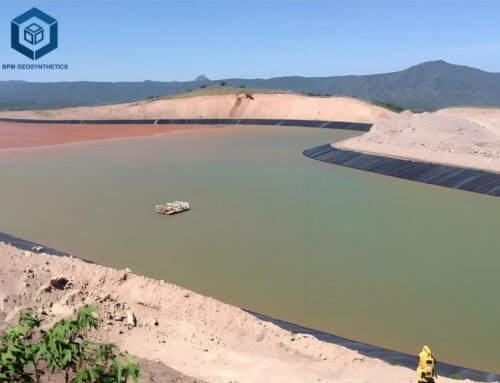In road construction, the proper selection of geocell is crucial for ensuring the durability and performance of the road. This guide will provide you with comprehensive information on choosing the right Geocells In Road Construction.BPM Geosynthetics Geocells for your road construction project.
1. What Is Geocells In Road Construction?
BPM Geocells In Road Construction are three – dimensional honeycomb – like structures made of high – density polyethylene (HDPE) or other polymeric materials3. They are formed by welding or riveting strong polymer strips. When installed, the connected strips expand to form flexible, three – dimensional cellular structural walls3. Filled with materials such as sand, earth, or stone, they create a free – drainage system that can enhance the load – bearing capacity of the soil and improve its stability3.
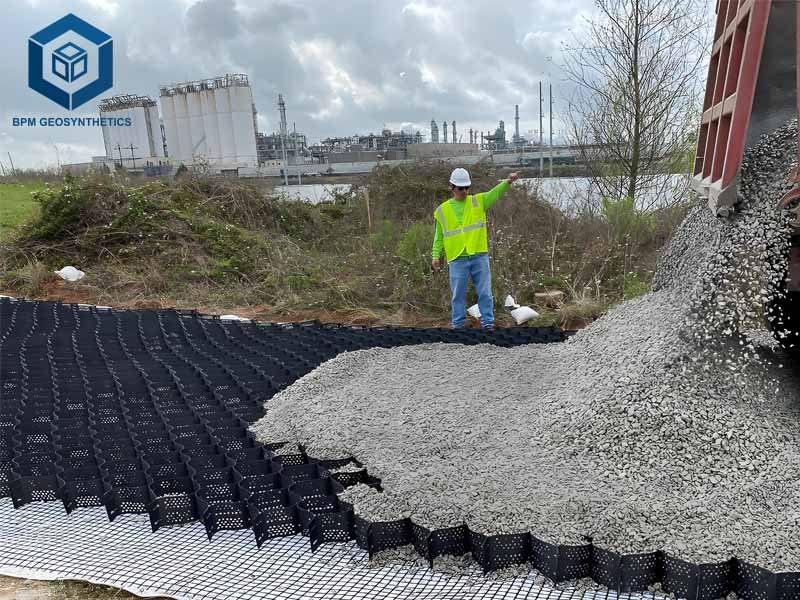
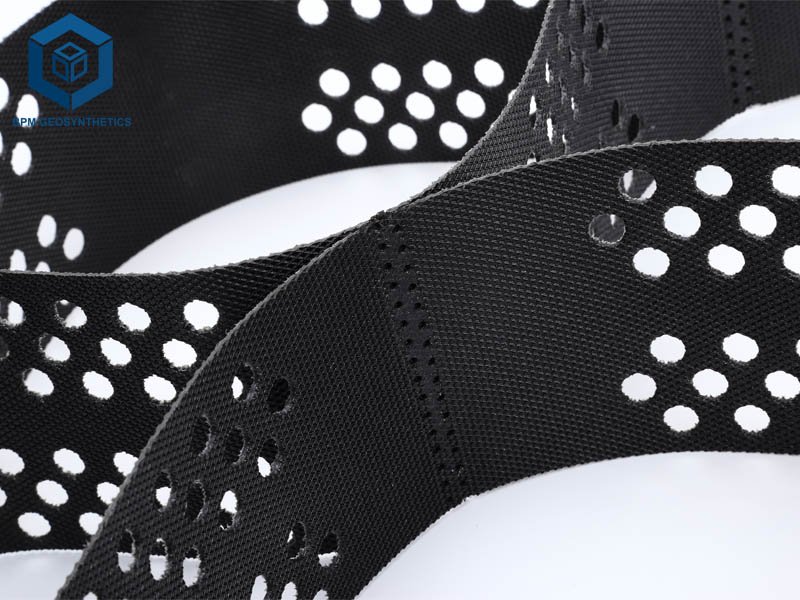
2. Factors to Consider When Choosing Geocells In Road Construction
2.1 Geocells In Road Construction – Load – Bearing Requirements
- The intended traffic volume and the types of vehicles that will use the road are important considerations. For highways with heavy – duty truck traffic, BPM Geocells with high load – bearing capacity are needed. These geocells should have a high dynamic mechanical modulus, which determines their ability to store and release dynamic loading while maintaining their geometry1.
- For example, in areas where there is a high volume of industrial traffic, BPM Tough Cells made from High-density polyethylene (HDPE) are more suitable due to their high rigidity and resistance to deformation.
2.2 Geocells In Road Construction – Soil Conditions
- The characteristics of the soil at the construction site play a significant role in geocell selection. In soft soil areas such as wetlands or areas with high water content, BPM Geocells can provide the necessary confinement to prevent soil deformation.
- For sandy soils, which have high fluidity and can cause large – scale deformation of the subgrade, it is necessary to choose BPM Geocells with high – strength sheets, high sheet height, and high sheet friction to restrict the fluidity of the sand2. In contrast, for relatively stable and firm soils in plain areas, BPM Geocells with a smaller panel height can be selected.
2.3 Geocells In Road Construction – Slope and Terrain
- The slope of the road and the surrounding terrain also affect the choice of geocells. For roads with a slope greater than 1:1, it is advisable to choose BPM Geocells with a large height and a small welding distance, such as the BPM 356 – 100 – 1.5mm specification2. This type of geocell can provide better support and stability on steep slopes.
- For gentle slopes less than 1:2.5, BPM Geocells with a smaller height and a larger welding distance, like the BPM 712 – 100 – 1.5mm specification, can be considered2. They are more suitable for such terrains and can also meet the requirements of soil confinement and slope protection.
2.4 Geocells In Road Construction – Environmental Factors
- Consider the local climate and environmental conditions. In areas with high temperatures, BPM Geocells should have good heat resistance to prevent softening and deformation. In cold regions, they should have low – temperature resistance to avoid embrittlement.
- Additionally, in areas with high humidity or poor drainage, perforated BPM Geocells are a better choice as they can improve water permeability and prevent waterlogging. In corrosive environments such as salt – rich soils, BPM Geocells with excellent corrosion resistance, such as those made of HDPE with anti – corrosion additives, should be selected.
3. How to Choose Geocells In Road Construction?
Selecting the right geocell for road construction requires evaluating key factors like material quality, cell depth, and load capacity. High-density polyethylene (HDPE) geocells offer superior durability and flexibility, ideal for stabilizing weak subgrades and preventing lateral spreading of aggregates. For heavy-traffic roads, opt for deeper cells (150-200mm) and higher tensile strength to enhance load distribution. Consider environmental conditions—UV-resistant and chemically inert geocells ensure long-term performance. Proper installation with adequate infill material (gravel or soil) maximizes structural reinforcement. BPM Geosynthetics provides engineered geocell solutions tailored to road projects, ensuring enhanced bearing capacity and reduced maintenance costs. Choose wisely for a stable, long-lasting road foundation.
4. Types of Geocells In Road Construction and Their Applications
4.1 Geocells In Road Construction – Perforated BPM Geocells
- These geocells have regular holes in the cell walls, which can improve stress distribution and reduce deformation3. The integrity of the perforated BPM Geocells depends on the strength of the perforated strip and weld3. They are suitable for use in areas where water drainage and soil filtration are required, such as in roadbeds with high groundwater levels or in areas prone to water accumulation.
4.2 Geocells In Road Construction – Non – Perforated BPM Geocells
- Non – perforated BPM Geocells have thick and smooth walls3. They are usually made of polymer sheets with a three – dimensional mesh structure formed by riveting or ultrasonic welding3. These geocells are more suitable for applications where soil confinement and load – bearing capacity are the main concerns, such as in the construction of embankments and retaining walls.
5. Quality and Certification of BPM Geocells
5.1 Material Quality
- Insist on verifiable evidence that the BPM Geocells are made only from virgin high – density polyethylene1. Virgin materials can ensure better weld stability and overall product quality1. Avoid geocells made from recycled or low – quality materials, as they may have inferior mechanical properties and durability.
5.2 Manufacturer’s Experience and Warranty
- Choose a manufacturer with extensive experience and a proven track record in the production of geocells1. A manufacturer with decades of experience is more likely to have a better understanding of the engineering principles and soil stabilization techniques involved. Also, check if the manufacturer offers a warranty on the BPM Geocells, which can provide you with some protection against potential quality issues.
5.3 Certification and Standards
- Ensure that the BPM Geocells meet relevant international and national standards, such as ASTM or ISO standards. These certifications can provide assurance of the quality and performance of the geocells.
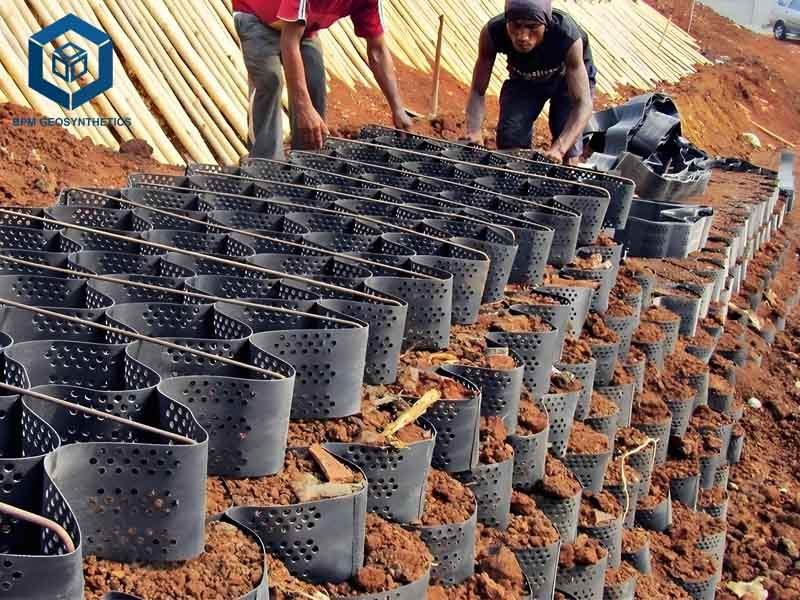
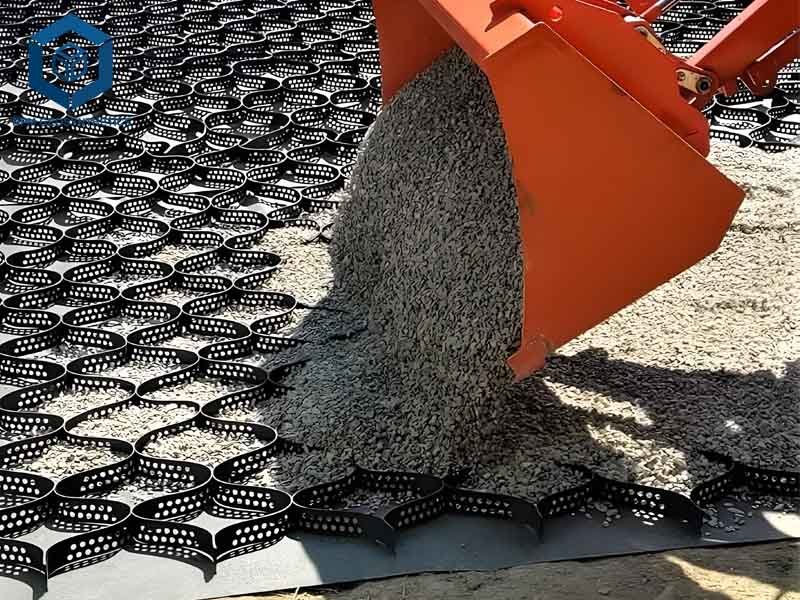
6. Installation and Maintenance of BPM Geocells
6.1 Installation
- The installation of BPM Geocells should be carried out by trained professionals following the manufacturer’s instructions. The geocells should be properly laid out and connected, and the filling materials should be evenly distributed and compacted. It is also important to ensure that the installation site is properly prepared, with no sharp objects or debris that could damage the geocells.
6.2 Maintenance
- Regular inspection of the installed BPM Geocells is necessary to ensure their proper functioning. Check for any signs of damage, such as tears or punctures, and repair or replace the damaged parts immediately. Also, monitor the performance of the geocells over time, especially in areas with high traffic or poor soil conditions, and make any necessary adjustments or reinforcements.
7. Conclusion
In conclusion, choosing the right BPM Geocells for road construction requires a comprehensive consideration of various factors, including load – bearing requirements, soil conditions, slope and terrain, and environmental factors. By understanding the different types of geocells available, their applications, and the importance of quality and certification, you can make an informed decision that will ensure the long – term performance and durability of your road project. Additionally, proper installation and maintenance of the BPM Geocells are essential for maximizing their effectiveness and ensuring the safety and reliability of the road.

